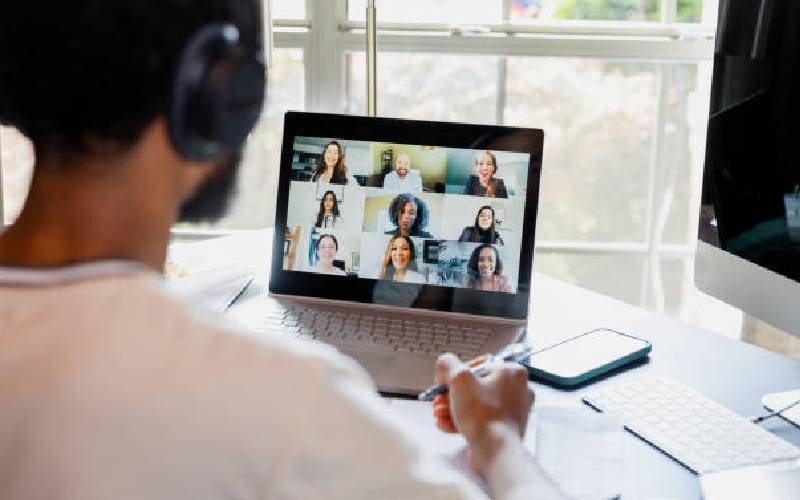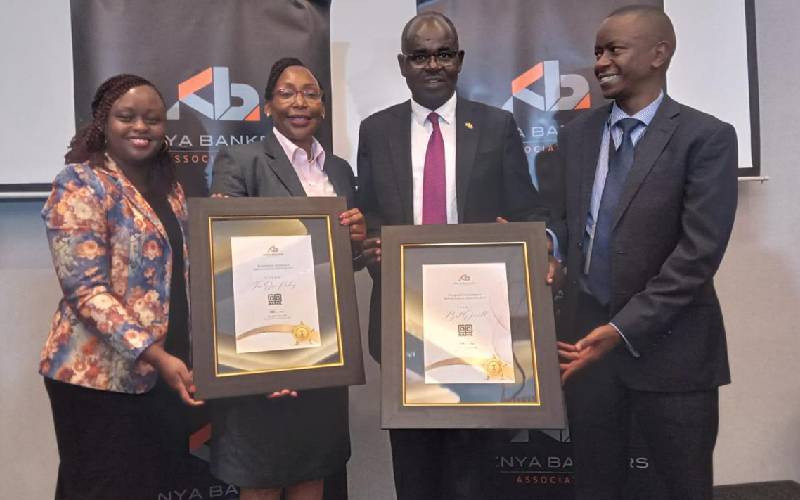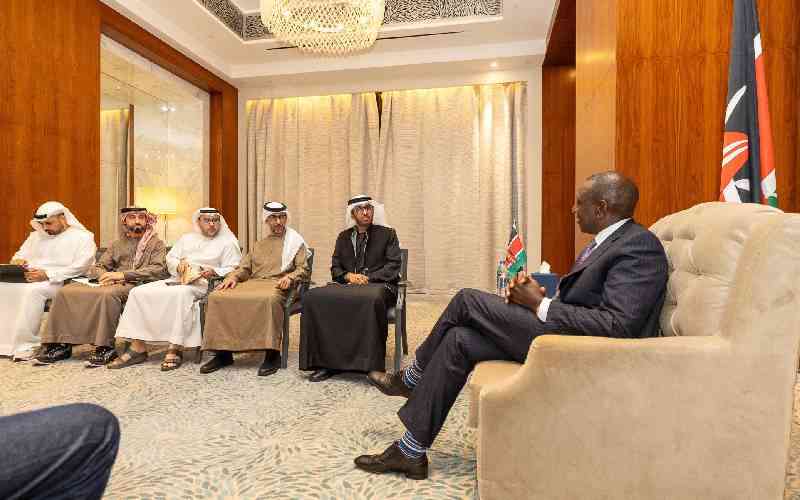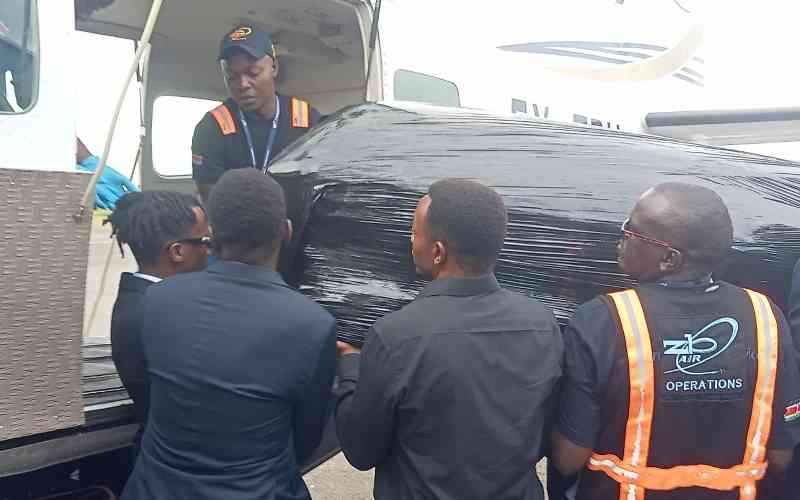
Seppo Piisola and Jeniffer Mwetarin live worlds apart. Seppo is a Finn missionary whose work brought him to work among the Maasai where he met Jennifer when she was four years old.
Jennifer was born blind and Seppo and his wife foresaw the immense challenges the girl from an underprivileged background was likely to face.
Before returning to Finland, Seppo built the school that Jennifer first attended. But his heart never left.
Now it’s one thing to want to help someone who is half the world away but it’s quite another to get it done efficiently and effectively.
One would opt to send funds through the banking system but Jennifer does not own a bank account.
By 2006, a year before M-PESA was launched, the country’s 41 commercial banks had built 400 physical branches and 600 ATMS serving 36 million Kenyans.
At the time, only 18.9 per cent of Kenyans were banked. Another 7.5 per cent had access to other formal financial instruments like microfinance institutions, 35.2 per cent accessed informal instruments such as savings groups.
About 38.4 percent were financially excluded and this is where Jennifer belonged. But M-PESA’s entry into this market 10 years ago opened up the door of opportunities for these marginalised group.
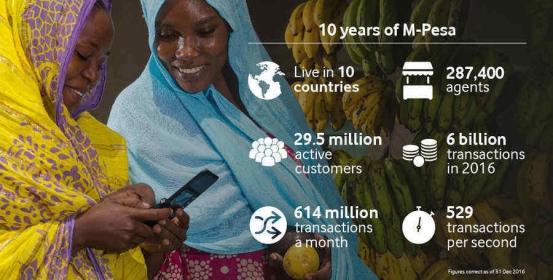
According to the 2015 GSMA’s Mobile Money for the Unbanked (MMU) programme report, banks initially resisted the introduction of M-PESA into the market for fear that adoption of mobile money would drive down the use of savings accounts.
The report says that the Kenya Bankers Association thought that mobile money, which was perceived to be offering banking services, was receiving favourable treatment from the CBK. The banks pitched for stringent regulations to ‘level the playing field’, and their efforts provided temporary reprieve.
Even though the Central Bank of Kenya had provided a monitoring framework for M-PESA in a letter of no objection, the then Minister for Finance asserted that the absence of a legal framework to regulate and supervise mobile money was a gamble that might not pay off. And with that decision, the new disruption was born.
Fast forward to today and the landscape has completely turned on its head.
Mobile money has opened the door for more than 26 million customers who can now send and receive money, purchase items and even save and borrow from their phones. The disruption also worked for banks; allowing them to sign up millions of new customers through the M-PESA platform to whom they offer all their banking services. It turned out to be a blessing in disguise. The marriage worked.
Stay informed. Subscribe to our newsletter
Mobile money makes it convenient for a person to send money anywhere in Kenya and the recipient can withdraw the same at any of more than 130,000 M-PESA agents.
On the other hand, the World Bank has credited remittances as being more important to developing economies than foreign aid and the segment is registering growth and finding a new channel through which to flow. Remittances sent to all countries in 2012 (developing and high income) was $534bn, three times greater than aid budgets to the developing world. In 2016, the World Bank predicted that remittances would hit over $600 billon, with over $440 billon being sent to developing countries.
According to the Central Bank of Kenya, Kenyans abroad sent home Sh92 billion in the first half of 2017, a four per cent increase from Sh88.3 billion for a similar period in 2016.
Remittances are critical to African economies. Available data shows that a total of 19 African countries rely on remittances for three per cent or more of their GDP; six for 10% or more; and Liberia for any incredible 31.2% of its GDP.
But open source data shows that the cost of transferring money via global money transfer operators (MTOs) is high. Sending money to Southern Africa, for instance, costs an average of 14.6% of the value of the money sent – the highest rate in the world.
Because of accessibility and ubiquity of mobile phones, mobile money can be an ideal alternative for sending remittances. Our experience at Safaricom has shown that using mobile money to send international remittances is more than 50% cheaper, on average, than using MTOs.
It is this ease of access, penetration, affordability of services such as WorldRemit and M-PESA which has made it easy for Seppo to send Jennifer money for fees and upkeep and thereby transforming her life.
 The Standard Group Plc is a
multi-media organization with investments in media platforms spanning newspaper
print operations, television, radio broadcasting, digital and online services. The
Standard Group is recognized as a leading multi-media house in Kenya with a key
influence in matters of national and international interest.
The Standard Group Plc is a
multi-media organization with investments in media platforms spanning newspaper
print operations, television, radio broadcasting, digital and online services. The
Standard Group is recognized as a leading multi-media house in Kenya with a key
influence in matters of national and international interest.
 The Standard Group Plc is a
multi-media organization with investments in media platforms spanning newspaper
print operations, television, radio broadcasting, digital and online services. The
Standard Group is recognized as a leading multi-media house in Kenya with a key
influence in matters of national and international interest.
The Standard Group Plc is a
multi-media organization with investments in media platforms spanning newspaper
print operations, television, radio broadcasting, digital and online services. The
Standard Group is recognized as a leading multi-media house in Kenya with a key
influence in matters of national and international interest.


